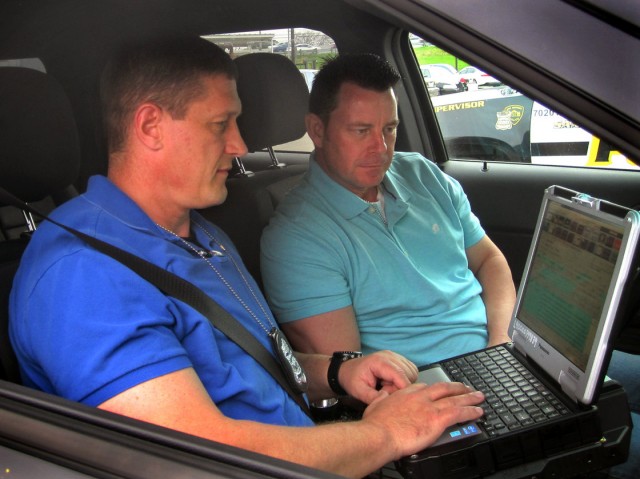Evans wanted to stop the expensive revolving door from jail back to the streets. From the NPR/KHN report:
When people with a serious mental illness are released from jail, many end up living on the street, sick and often addicted. And then almost invariably, they end up back in jail for a minor nuisance crime, like panhandling (which is illegal in San Antonio), urinating in public, digging in dumpsters or sleeping on someone’s porch.
Evans saw the most pressing problem in treatment: scattered services. The county and city agencies, the nonprofits, the jails, the hospitals -- none of them were talking to each other. "People who fund these services only look at their little small piece of the pie and whether there is a return on investment," Evans told NPR.
It wasn't easy or fast, but Evans brought people together and, among many other things, looked at how how much money all the players were spending on mental health. They discovered enormous sums being spent to care for people -- and doing it poorly. Pooling money could offer significant savings. More from NPR/KHN:
The courts, the jails, the hospitals, the county government and the police department agreed to work together on the issue. Everyone provided funding– the police even contributed their drug seizure money – to build a system where people with mental illnesses could get better.
Today, there is one centralized complex offering services, and it's located across the street from San Antonio's "state-of-the-art homeless shelter." Police officers all take a 40-hour course in handling mental health crises. The police department now has a six-person mental health squad -- officers specialize in responding to calls where mental illness may be a factor.
Advocates call the new approach a big success, plus it's saving money, about $10 million annually.
“One thing that’s really important about the San Antonio approach is that they’ve integrated services together for mental health and substance abuse and homeless services, because most people have overlapping needs,” says Laura Usher, a program manager at the National Alliance on Mental Illness who helps set up collaborations between law enforcement agencies and mental health departments.
The center has a 48-hour inpatient psychiatric unit, sobering and detox centers, outpatient primary care and psychiatric services, a 90-day recovery program, housing for people with mental illnesses, and even job training and a program to help people transition to supported housing.
"San Antonio realized that it’s more cost effective to provide mental health services and supports to people on the front end, rather than pay for jail beds and prison time,” says Usher.
As the piece wrapped up, I tried to imagine how great the savings could be in California, the most populous state in the country, if mental health care could be so coordinated and comprehensive here.
